| A historical personage, De Nogaret was Keeper of the Seal to King Phillip IV of France. A cunning and astute statesman, De Nogaret was involved in a number of medieval conspiracies, including a conspiracy against Pope Boniface VIII by King Phillip and his succession by Pope Clement V. He was also instrumental in the conspiracies against the Knights Templar, between 1307 and his death in 1313, and is credited with launching many of the investigations into their alleged "heresy". De Nogaret died in 1313 in mysterious circumstances. |
| Roger Flors is a historical personage with a controversial past. Originally a Templar knight in Acre, in 1291, Roger Flors was in command of the Templars flagship, the Falcon, and during the siege of Acre, he is said to broken ranks with the Order, and to have charged the wealthy citizens seeking escape, huge amounts of money, in order to take them from the city by sea, leaving the poorer citizens, and indeed his own fellow Templars, behind. Following this action, he was expelled from the Knights Templar, and following further intrigues, he was excommunicated and denounced as an apostate. He went on to command a fleet for Charles of Naples, and later appeared in Genoa as a pirate. He clearly did quite well for himself as he eventually married a Byzantine princess - but success did not last forever. Roger Flors was assassinated in Adraianople (modern day Edirne in East Thrace), in 1305. |
| Isolda is a fictional character, who is representative of what would have been the life of many more well-to-do unmarried medieval women. As the crusades failed, Isolda's father was a secular knight killed in the battle to take the island of Ruad. She therefore became the ward of those entrusted by her father, until such time as she find a suitable husband of similar status, to marry, with her inheritance held in trust to be made over when she marries. In Isoldas case this means she is a ward of John Conningham at the Bristol Temple. When news of the arrests in France comes, and then the threat of the arrests spreading to England, the pragmatic Isolda is naturally extremely worried. Without her inheritance, she loses much of her eligibility for a wealthy marriage, and with the fact that the holdings and properties of those convicted of heresy - like the Templars, would legally either be taken by the Church or the King, the loss of her inheritance, held in trust by the Templars, is a very real threat. Eventually, she has to make a choice.... |
| Introducing Rich Sandford as John Conningham and Guillaume de Beaujeu - a versatile actor, Rich portrays both historical personages, at different points in the show. Guillaume de Beaujeu was the 21st Grand Master of the Knights Templar. Having joined the Order at the age of 20, he became Grandmaster in 1273, an office he retained until his death in 1291. Related to both King Louis IX of France and Charles of Anjou, king of Sicily, he was a leader who was not afraid to make decisions unpopular with his peers; in order to preserve what remained of the Crusader kingdom in the East, he sought to maintain diplomatic relations with the Mamluks in the south and the Mongols in the north. Following the death of the Mamluk Sultan Kalawun, and attacks on Muslim traders in Acre by crusaders newly arrived from the west, served to finally break the fragile truce, leading to the final attack on the crusader port city of Acre in 1291. Guillaume de Beaujeu was killed during the siege. John Conningham is a much less known character, appearing listed in inquisition documents simply as a senior Templar who had spent over 30 years in the Order, arrested at a Somerset preceptory in 1308, as the Papal suppression of the order across Europe spread to England. The Templars holdings in Somerset, Wiltshire, Devon and Cornwall, related to farming, although the Templars had extensive holdings in Bristol (remains of their church, and echos of their presence in numerous place and street names, can be explored now) and had contributed to the building of the docks, as a major trading port. The more rural farm holdings most commonly related to sheep farming, the funds raised serving, in the Templars heyday, to contribute to maintaining the costs of the fighters in the East. As he is listed as the longest serving Templar of those arrested in Somerset, we have made a leap of assumption and in our production his character becomes Preceptor of Bristol and Templecombe |
| Valentina is a fictional character, but representative of personages of the time. A wealthy Venetian merchant in Acre, she flees the city with Roger Flors when the attack on the city comes. In Acre, a crusader port city, the Venetians were one faction of powerful merchants within the city. After a historically documented incident where western crusaders, newly arrived in Acre attacked Muslim residents, some of whom were only saved from the rioting by the intervention of the Templars, Valentina is among those who blocks the surrender of the guilty parties to the Muslim sultan for punishment, as counselled by the Templars in order to preserve a shaky truce protecting the city from attack At odds with the Templars after this, Valentina begins to suspect that the Templars may have thier own secrets, and begins to search for more information, hoping to at the very minimum increase her own wealth and influence. |
| King Philip IV is a pivotal historical personage in the production - and indeed in the history of the demise of the Templars. King of France from the age of 17, King Philip incurred huge debts for France with wars against England, and Flanders, as well as inheriting a large national debt from his father. In his own right, he also became deeply embroiled in Papal intrigues and plots surrounding the Catholic Church, forcing Pope Clement V to reside in France rather than in Rome. King Phillips plots, and debts, finally led him to target the Knights Templar, who although a monastic order of warrior monks individually sworn to poverty, were enormously rich as an organisation. In conjunction with Pope Clement and his own advisor's such as Guillaume de Nogaret , he set in motion the demise of the Templars, ordering their arrests on accusations of heresy against the Church. It is said that even as he was present at the execution of the Templar Grandmaster Jacques de Molay, the doomed Grandmaster cursed him; and King Philip died the following year. |
| Jacques De Molay, is probably the most famous historical character in the production. The son of a noble family in Burgandy, France. Little is known of his early career as a Templar; he is believed to have joined the Order at the age of 21. Debates rage for and against as to whether he was present at the fall of Acre in 1291, although he was believed to have been in the East from around 1270 onwards for at least 20 years, before being elected as Grand Master of the Order in around 1293. In 1306, De Molay travelled to France for a meeting with King Philip, the Pope, the Grand Master of the Knights Hospitaller, and other dignitaries, but plots within the French court framed both De Molay, and the entire order of the Knights Templar for heresy, and on Friday October 13th 1307, secret orders were opened across France, seeing the arrests of the Templars at all locations. Under torture, confessions were extracted in the ensuing inquisition. and following many other executions and plots, On March 18th 1317, Jacques de Molay, and two other members of the Order were burned at the stake in Paris as unrepentant heretics, by the orders of King Philip "the Fair". The conspiracies between, and within, both Church and State, that led to the demise of the Templars have given rise to myriads of theories. Were the Templars really heretics, or guardians of suppressed knowledge not in line with the teachings of the Catholic Church? Or was their demise simply engineered by those who were deeply in financial debt to the Order? Theories and legends abound. Our theatre production can only explore some of those theories |
| Ann Martel is a fictional character. Originally from Bristol, and widowed at the 1291 siege of Acre, Ann is a tough independent woman who returns to Britain, running her own tavern at the Bristol docks. In a society where women were traditionally often seen as second-class citizens, Ann does not re-marry, but carves out her own life through thick and thin. Having been rescued from Acre by the Templars, among those surviving citizens rescued as the city fell, in the last ship, Ann is grateful to, and has a sort sport for the secretive knights, and as the dangers increase to the Templars, she comes to do what she can to help them escape the inquisitors. |
| Hughes is a fictional character. Dedicated to the Temple, and taciturn, having spent his whole life in the Order, Hughes is a a trusted member of the Grand Masters council, and privy to many of the Orders deepest secrets. One of the few survivors among the Templars from Acre, and following the arrests at the Paris Temple, one of only two members of the Grand Masters council still free, Hughes is one of those charged with concealing artefacts and secrets belonging to the Temple. His character is almost broken by this charge, as he learns more about the inner knoweldge of the Temple, while also having to keep it safe, and seeing the Order, to which he had sworn his life, collapse around him. |
| Arthur is a fictional character, a young knight, newly initiated and still settling within the Order, but already well trusted by his more senior peers, at the Bristol preceptory. He is a local boy from a wealthy family, who joined the Temple, and from his life in the countryside is as skilled in working with horses, as he is as a warrior. When tested by the most unexpected and difficult circumstances, Arthur proves equal to the task, standing staunchly alongside the Templars still free as they race ahead of the Inquisitors, and with the appearance of youthful inexperience, has a greater chance of getting past the inquisitors than the older members of the Order. |
| A fictional character, Margery is a young girl growing up in Bristol. She is friends with, possibly a little more than friends, with the young Templar knight Arthur. While both she and Arthur know that with his monastic vows, nothing can come of thier relationship, they are young, enthusiastic, and prone to getting into trouble. Unfortunately, as the inquisitors close in, more dangerous and manipulative people have already noticed and see to take any advantage to bring the Temple into further disrepute |
| A fictional character. The common belief and indeed stated modus-operandi, of the Templars is that women were not permitted in the Order. However, there is research in existence which controversially suggest this may not have always been the case. Angelo has lived with the Order since childhood, and has always appeared to the others as a man, Angelo. Angelo has become a member of the Grand Masters council, and alongside Hughes is sent from the Paris Temple when the arrests come, to conceal the Orders secrets. |
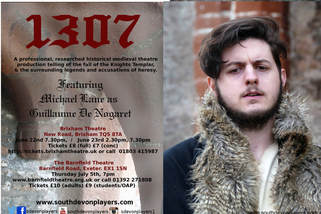
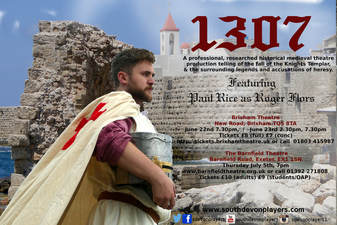
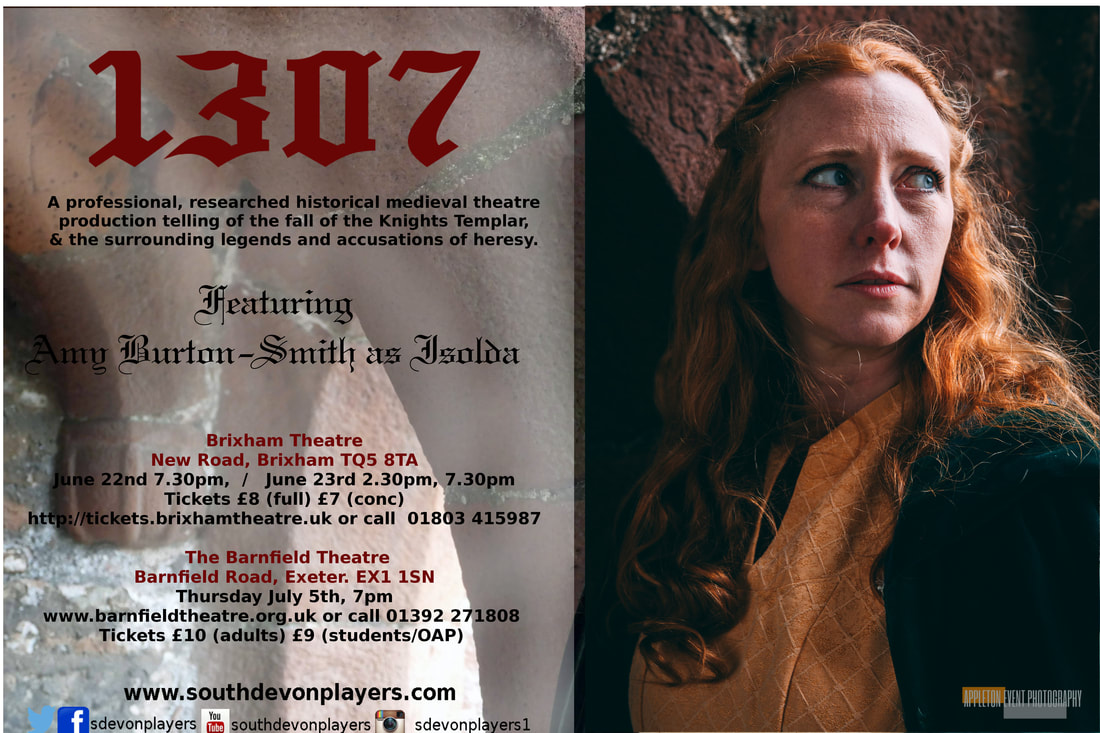
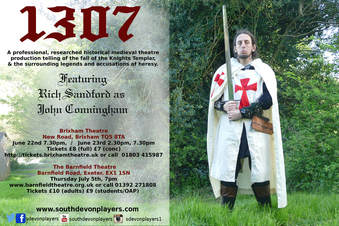
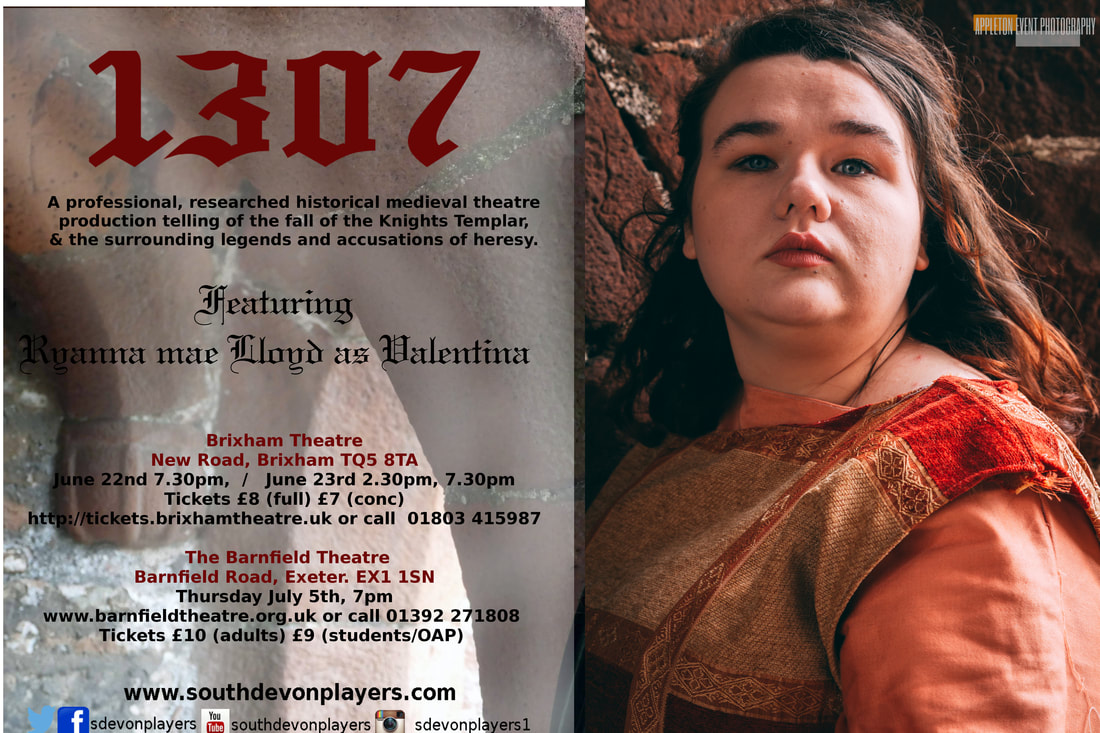
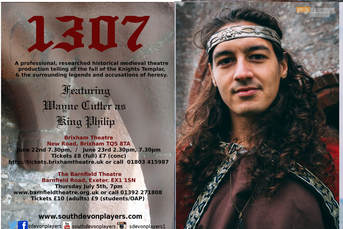
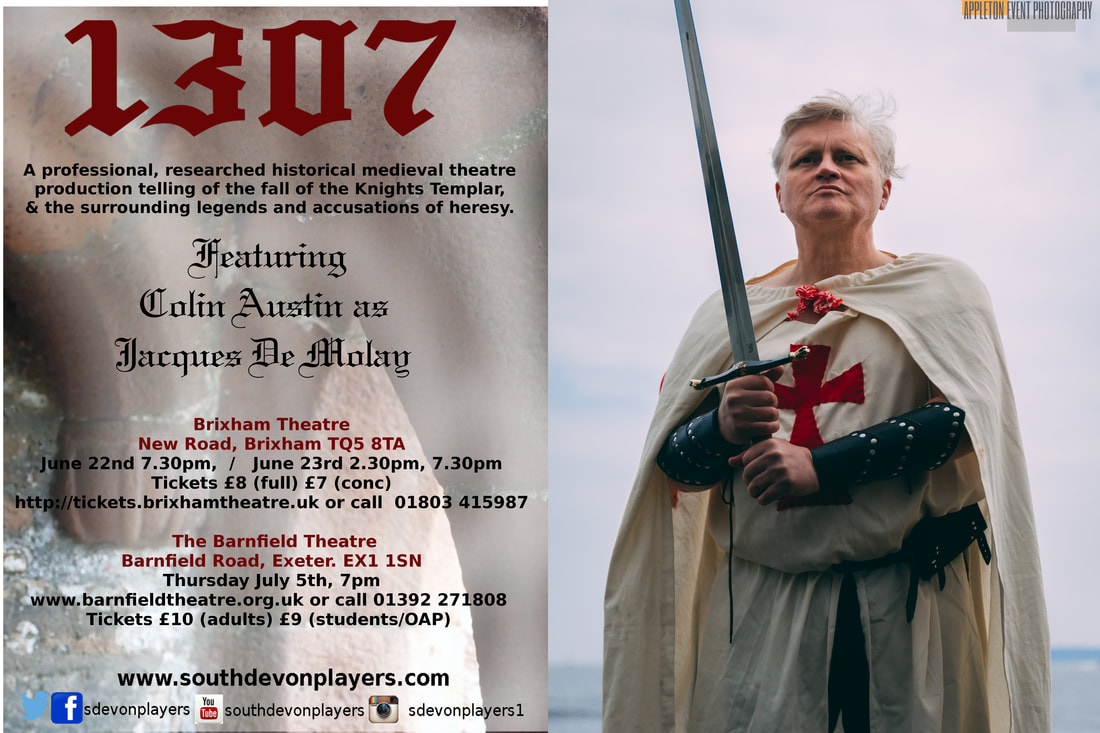
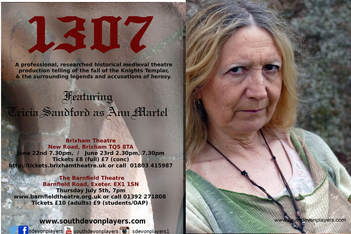
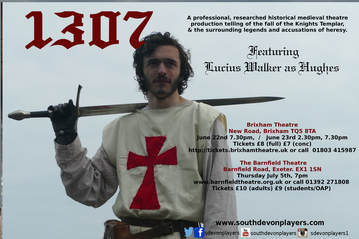
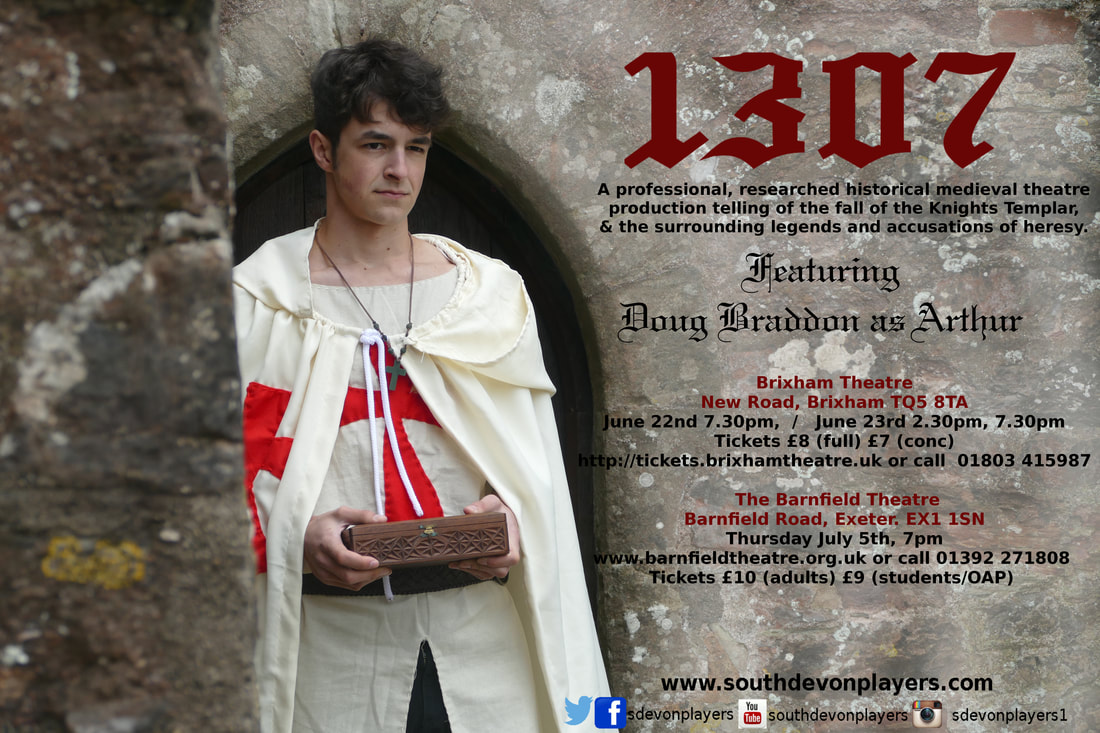
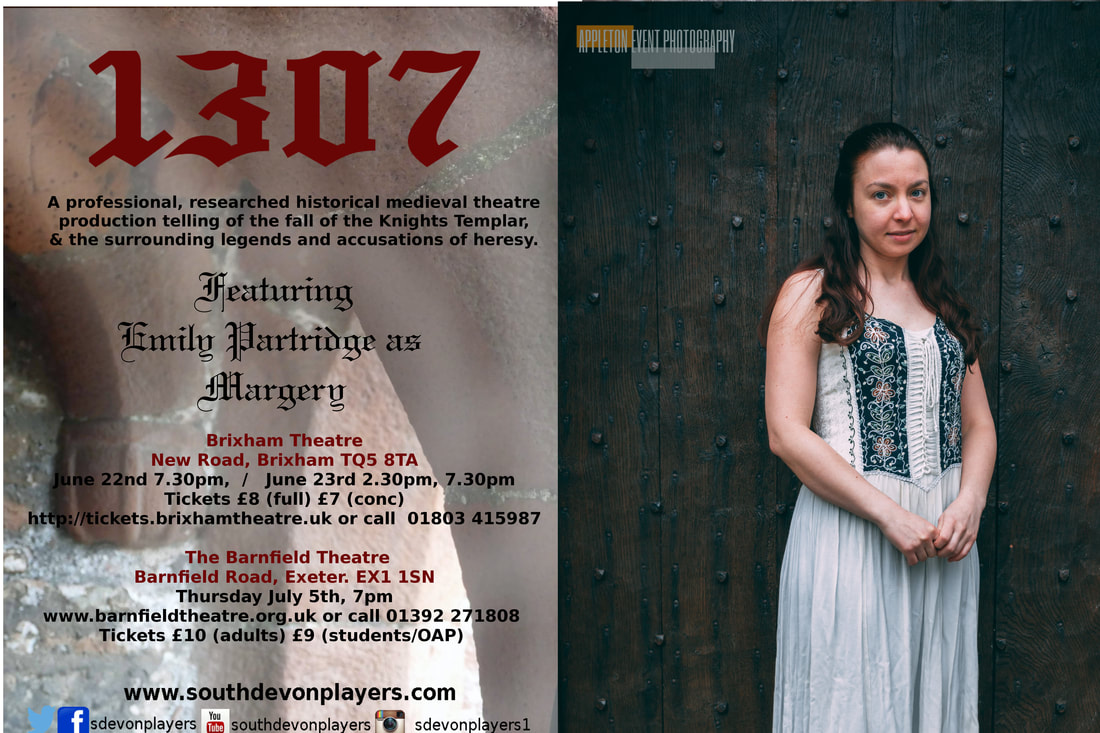
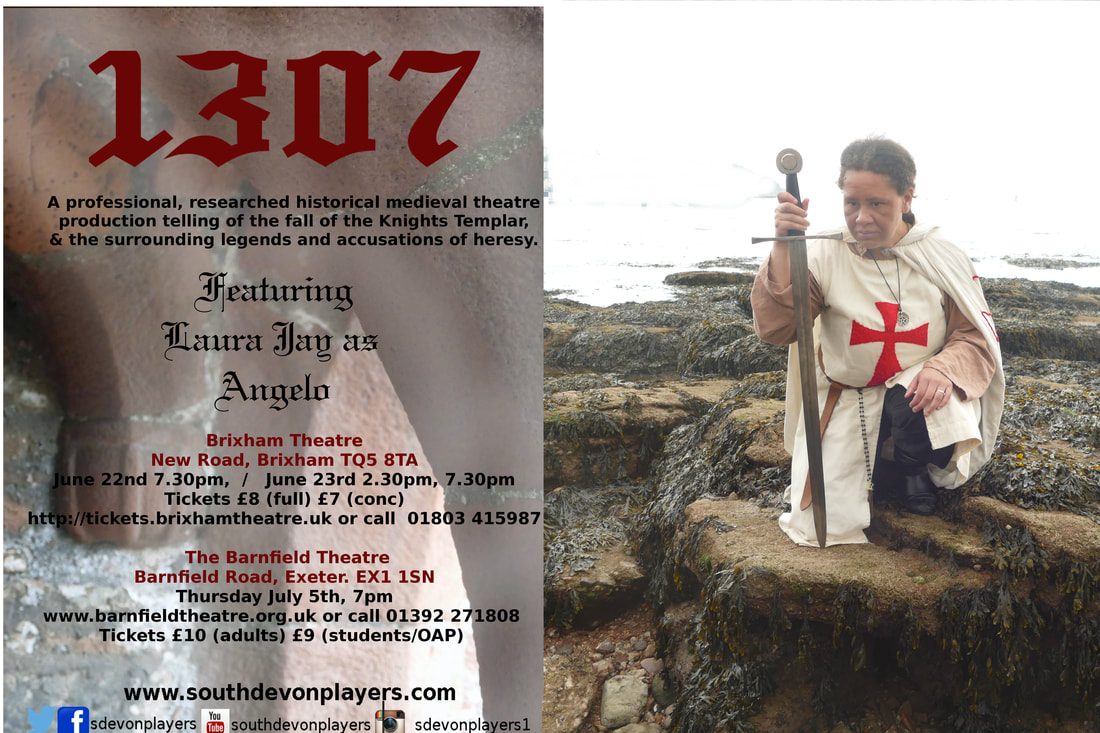

 RSS Feed
RSS Feed
